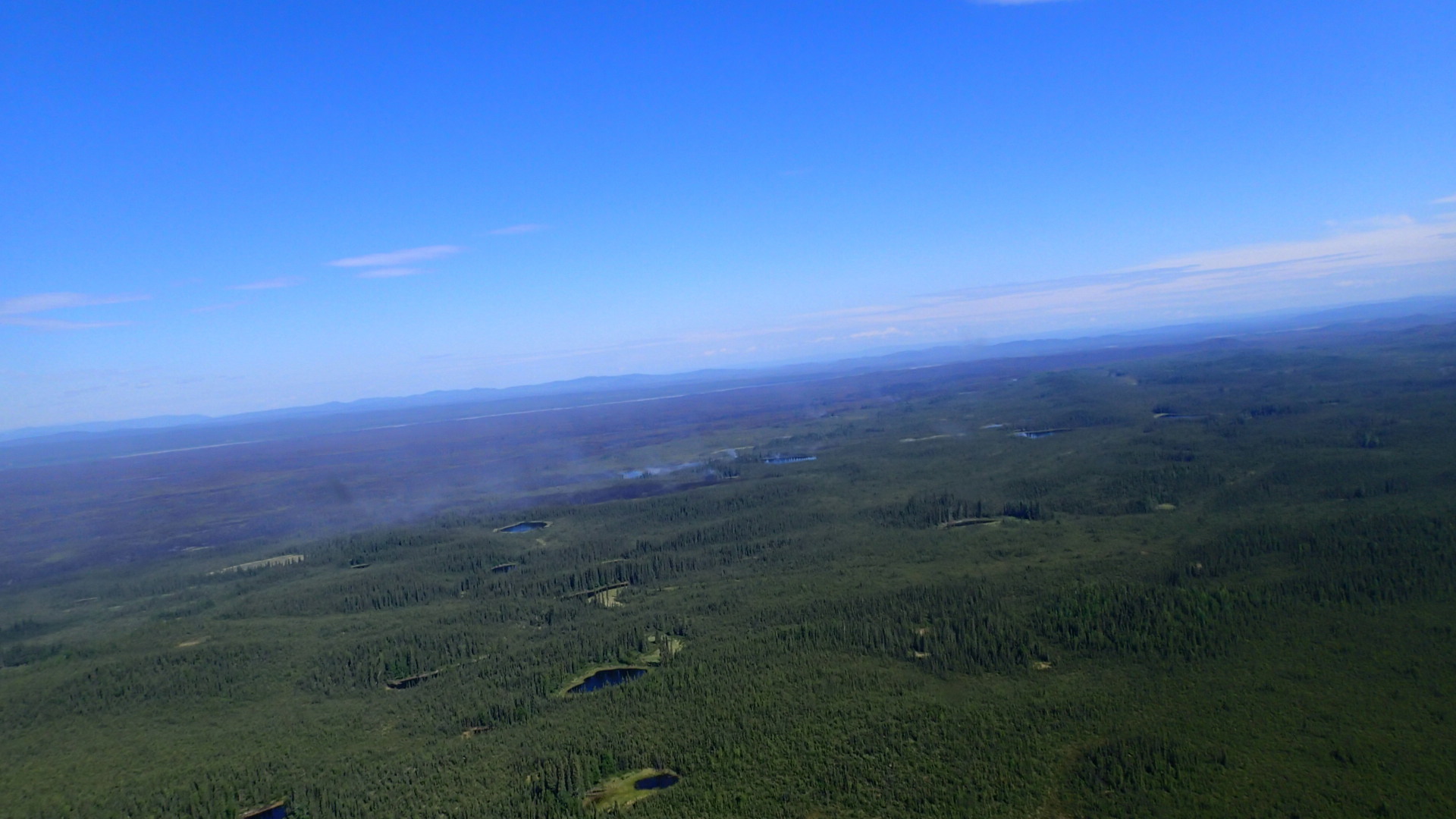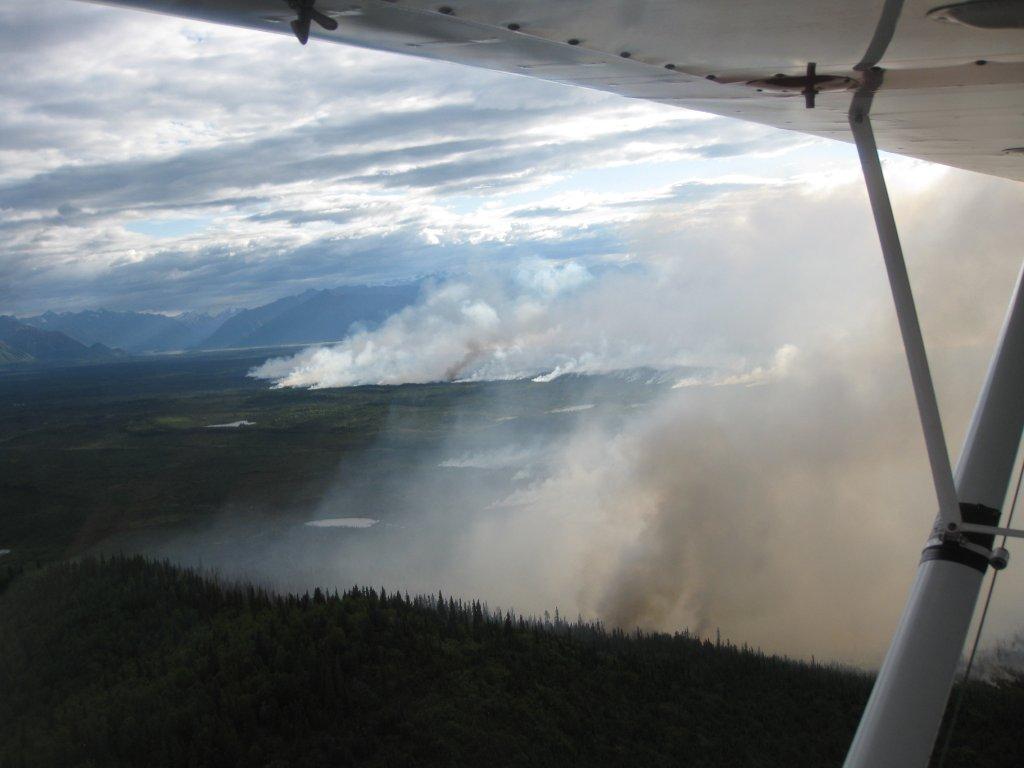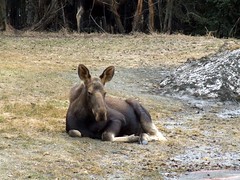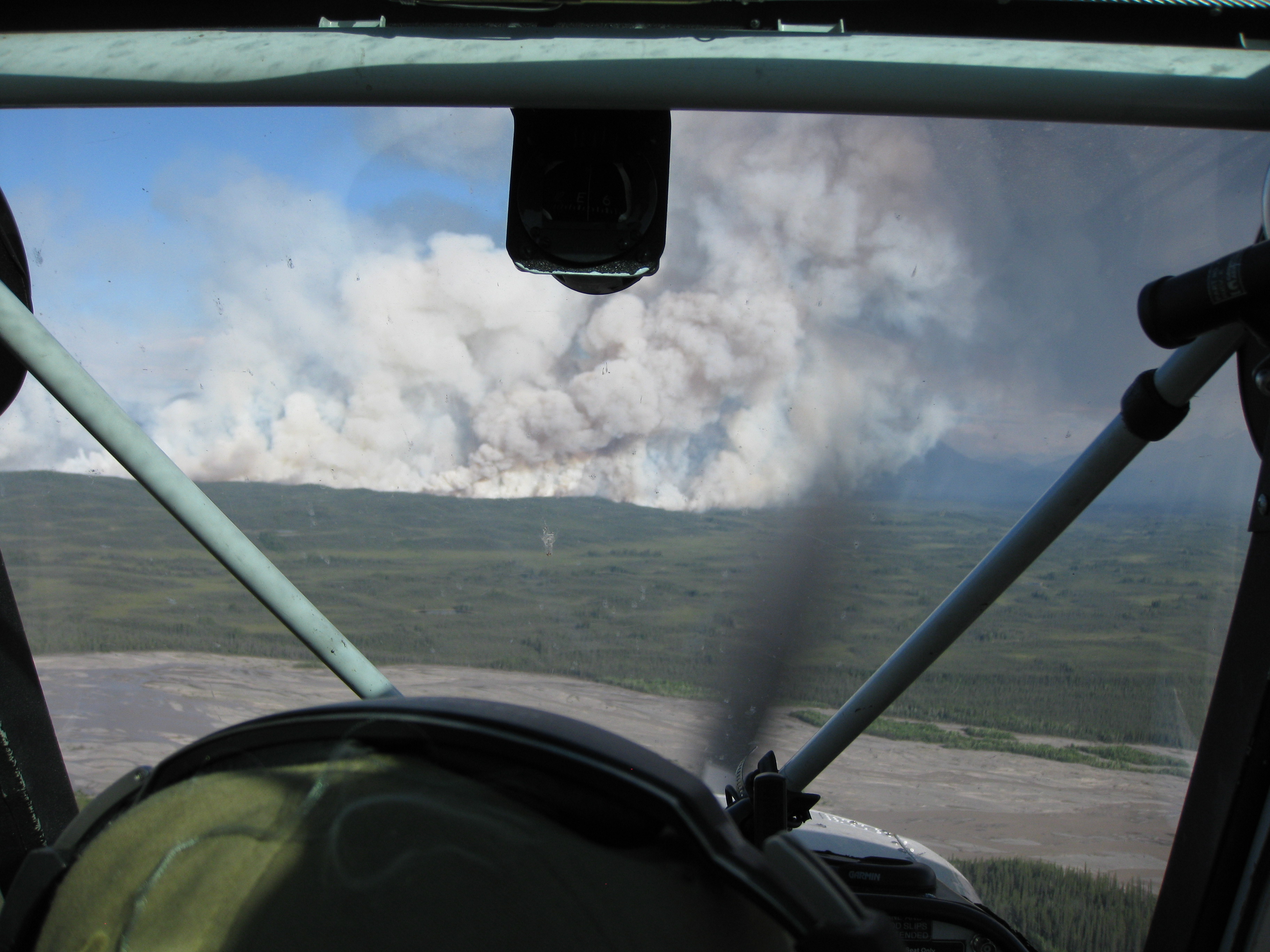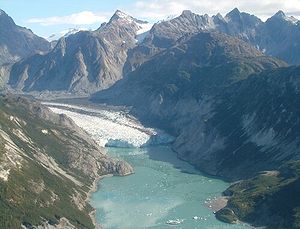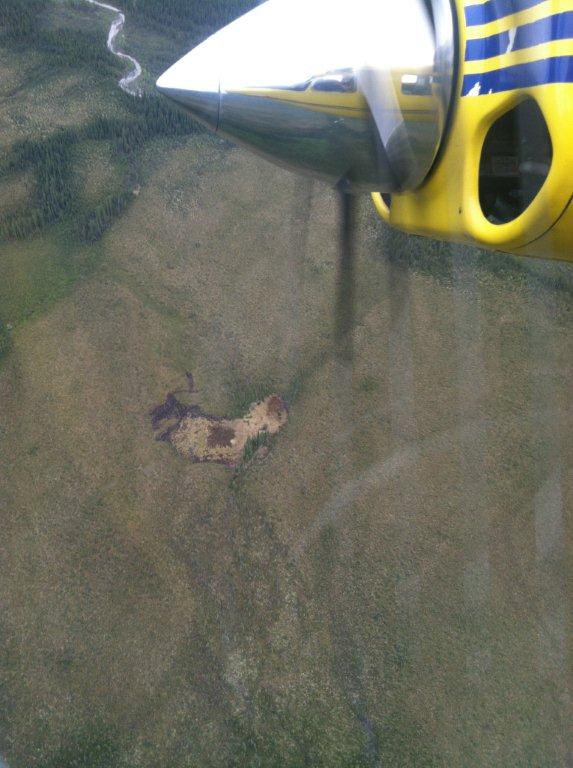When Alex Zimmerman was young, she loved the outdoors and told people she
 |
| Courtesy USFS |
wanted to be a “bug scientist” when she grew up. But her career plans really began to take shape last year when she was accepted into Youth Employment in Parks (YEP), a program of the Anchorage Parks and Recreation Department and the Anchorage Park Foundation that provides a meaningful "first job" experience and career pathway for youth to work in the outdoors and natural resources fields.
“I started to know where I wanted to go,” she said. “I want to become a park ranger.” But it was hard to find a job after YEP. “Eventually I got a job as a house cleaner and I thought, what am I going to do with the rest of my life?” Alex remembers.
Now, thanks to a partnership between the Student Conservation Association (SCA), the Municipality of Anchorage, the Anchorage Park Foundation, Bureau of Land Management (BLM), and Chugach National Forest, Alex at least knows what her immediate next step looks like.
Alex and four other alumni from YEP were selected for a new summer conservation crew experience sponsored by the five partners and led by seasoned SCA staff. The crew, made up of participants ages 17-20, will take part in a ten week work experience on municipal and federal public lands. Starting this week they’ll work for the BLM at Campbell Track helping to clear hazard trees from popular recreation trails. In mid-June they’ll work on city lands. And from July 6th to August 3rd they’ll have their most remote experience working alongside a Forest Service trail crew at the Spencer Whistle Stop on the Chugach National Forest.
When she got the phone call letting her know she had been selected, Alex said, “I felt like something was lifted off my shoulders.”
It was made possible in part by a nearly $40,000 cost-share grant from the US Forest Service. The award was announced on May 9th by US Forest Service Chief Tom Tidwell as part of a $772,820 package of More Kids in the Woods and Children’s Forest grants in 16 states and the U.S Virgin Islands. Local partners added an additional $65,000 match to the grant.
Amanda Smith, head of partnership development for the Alaska Region of SCA said, "Youth are motivated and starved to find work opportunities. A strong group of partners worked together to build a career pathway for youth who are already interested and experienced in natural resource management, but have limited options for their next resource management job. It's nice to see these efforts recognized with Forest Service funding."
Added Smith, "The youth will experience some of Alaska's most visited public lands and feel the benefits of hard work and commitment."
For Beth Nordlund, Executive Director of the Anchorage Park Foundation, that was one the primary reasons to partner. “We want to give YEP returning teens experience in public lands outside of Anchorage. They have worked in urban parks for a summer, and now they’re working on spike crews, in some cases in the backcountry. So it’s a very different experience. We’re excited to give kids a sense of stewardship and ownership of their federal public lands.”
Getting outside of Anchorage is something that appeals to the participants, as well. Crew member Shawna Strain grew up in Southeast Alaska where, “we were out in the woods, building forts all the time. When I moved to Anchorage I wasn’t doing that anymore. The city seemed so big compared to where I came from.”
Inspiring youth to check out the city’s neighboring public lands has been a focus for the Chugach National Forest for many years, and in 2008 Forest leaders bolstered this commitment by launching the Chugach Children’s Forest with non-profit partner Alaska Geographic. Since then, over 20,000 youth, volunteers and educators have been engaged in outdoor education programming, career opportunities, stewardship expeditions and volunteer outings as part of the initiative.
“People come from all over the world to experience the Chugach National Forest and Alaska’s public lands, yet young people from many Anchorage neighborhoods have never set foot in the Forest,” Terri Marceron, Forest Supervisor on the Chugach National Forest said. “One of our goals is to simply get youth outdoors learning about natural resource work and having fun. We need their ideas and leadership to help solve the challenges of today and tomorrow –from climate change to maintaining our trails and recreation opportunities for the public. These are our future land stewards.”
That message speaks to the crew members who embrace the responsibility that comes with the new opportunity. “Everything isn’t set up for us this summer. We’re learning what it takes to get the project and work done, and how to run everything,” Shawna said. “We have more leadership, like college.”
And the work is unique in another way, Alex said. “It’s more of a learning experience than anything, and that’s what I want from a job. I love that about being outside because you can always learn something new.”

